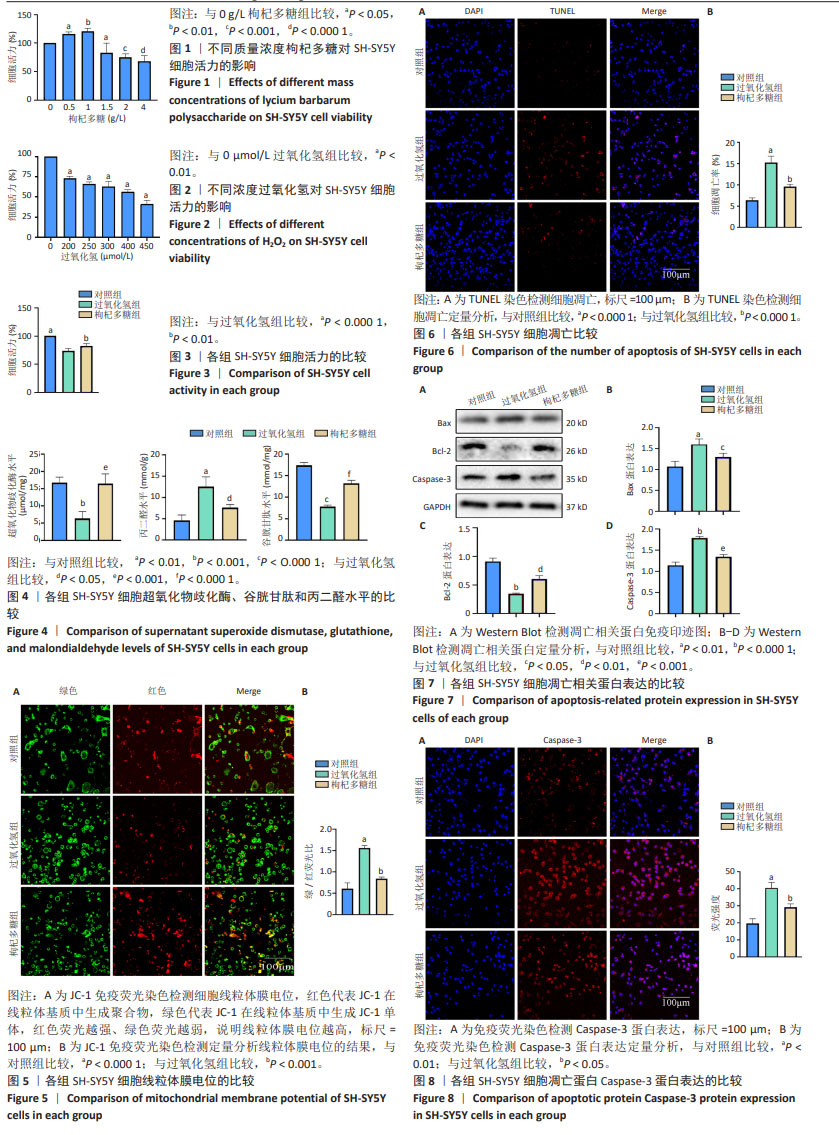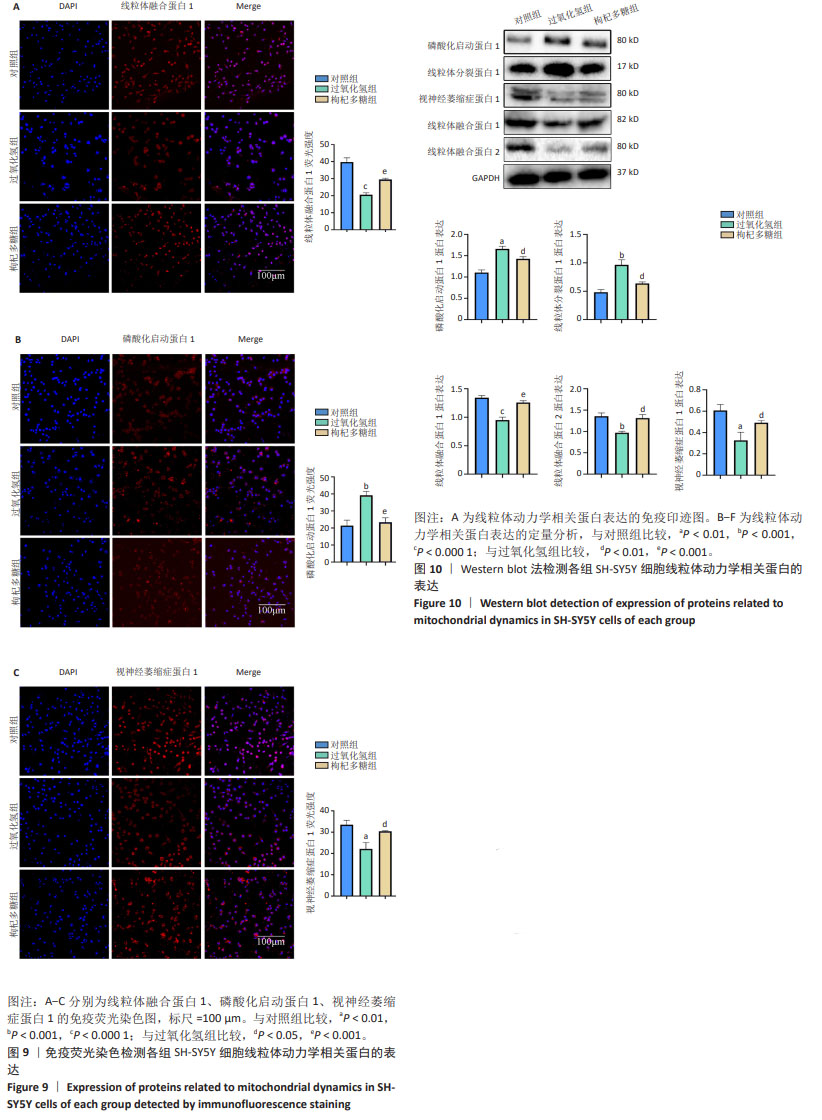[1] WILSON DM 3RD, COOKSON MR, VAN DEN BOSCH L, et al. Hallmarks of neurodegenerative diseases. Cell. 2023;186(4):693-714.
[2] FINDLAY MC, KHAN M, KUNDU M, et al. Innovative Discoveries in Neurosurgical Treatment of Neurodegenerative Diseases: A Narrative Review. Curr Alzheimer Res. 2023;20(6):394-402.
[3] JOMOVA K, RAPTOVA R, ALOMAR SY, et al. Reactive oxygen species, toxicity, oxidative stress, and antioxidants: chronic diseases and aging. Arch Toxicol. 2023;97(10):2499-574.
[4] CHAUDHARY MR, CHAUDHARY S, SHARMA Y, et al. Aging, oxidative stress and degenerative diseases: mechanisms, complications and emerging therapeutic strategies. Biogerontology. 2023;24(5): 609-662.
[5] REHMAN MU, SEHAR N, DAR NJ, et al. Mitochondrial dysfunctions, oxidative stress and neuroinflammation as therapeutic targets for neurodegenerative diseases: An update on current advances and impediments. Neurosci Biobehav Rev. 2023;144:104961.
[6] MACHIELA E, LIONTIS T, DUES DJ, et al. Disruption of mitochondrial dynamics increases stress resistancethrough activation of multiple stress response pathways. FASEB J. 2020;34(6):8475-8492.
[7] KOWALTOWSKI AJ, MENEZES-FILHO SL, ASSALI EA, et al. Mitochondrial morphology regulates organellar Ca2+ uptake and changes cellular Ca2+ homeostasis. FASEB J. 2019;33(12):13176-13188.
[8] QUINTANA-CABRERA R, SCORRANO L. Determinants and outcomes of mitochondrial dynamics. Mol Cell. 2023;83(6):857-876.
[9] CHEN W, ZHAO H, LI Y. Mitochondrial dynamics in health and disease: mechanisms and potential targets. Signal Transduct Target Ther. 2023;8(1):333.
[10] GREL H, WOZNICA D, RATAJCZAK K, et al. Mitochondrial Dynamics in Neurodegenerative Diseases: Unraveling the Role of Fusion and Fission Processes. Int J Mol Sci. 2023;24(17):13033.
[11] GUO Y, GUAN T, SHAFIQ K, et al. Mitochondrial dysfunction in aging. Ageing Res Rev. 2023;88:101955.
[12] MAKINDE E, MA L, MELLICK GD, et al. Mitochondrial Modulators: The Defender. Biomolecules. 2023;13(2):226.
[13] CURIESES ANDRÉS CM, PÉREZ DE LA LASTRA JM, ANDRéS JUAN C,
et al. From reactive species to disease development: Effect of oxidants and antioxidants on the cellular biomarkers. J Biochem Mol Toxicol. 2023;37(11):e23455.
[14] SAHA S, SASO L. Pharmacological Modulation of Oxidative Stress. Int J Mol Sci. 2023;24(19):14455.
[15] GÓMEZ J, MOTA-MARTORELL N, JOVÉ M, et al. Mitochondrial ROS production, oxidative stress and aging within and between species: Evidences and recent advances on this aging effector. Exp Gerontol. 2023;174:112134.
[16] CHEN WM, CHIANG JC, SHANG Z, et al. DNA-PKcs and ATM modulate mitochondrial ADP-ATP exchange as an oxidative stress checkpoint mechanism. EMBO J. 2023;42(6):e112094.
[17] CHOWDHURY A, WITTE S, AICH A. Role of Mitochondrial Nucleic Acid Sensing Pathways in Health and Patho-Physiology. Front Cell Dev Biol. 2022;10:796066.
[18] GUO Y, ZHANG H, YAN C, et al. Small molecule agonist of mitochondrial fusion repairs mitochondrial dysfunction. Nat Chem Biol. 2023;19(4): 468-477.
[19] HUANG C, DENG K, WU M. Mitochondrial cristae in health and disease. Int J Biol Macromol. 2023;235: 123755.
[20] MANGRULKAR SV, WANKHEDE NL, KALE MB, et al. Mitochondrial Dysfunction as a Signaling Target for Therapeutic Intervention in Major Neurodegenerative Disease. Neurotox Res. 2023;41(6): 708-29.
[21] 李苏垚,郭敏芳,于婧文,等.圣草酚对过氧化氢所致SH-SY5Y细胞线粒体动力学失衡及凋亡的影响 [J].中国组织工程研究,2022, 26(31):4975-4781.
[22] MA RH, ZHANG XX, NI ZJ, et al. Lycium barbarum as functional food: a review of its nutrition, phytochemical structure, biological features, and food industry prospects. Crit Rev Food Sci Nutr. 2023;63(30): 10621-10635.
[23] TEIXEIRA F, SILVA AM, DELERUE-MATOS C, et al. Lycium barbarum Berries (Solanaceae) as Source of Bioactive Compounds for Healthy Purposes: A Review. Int J Mol Sci. 2023;24(5):4777.
[24] QI Y, DUAN G, FAN G, et al. Effect of Lycium barbarum polysaccharides on cell signal transduction pathways. Biomed Pharmacother. 2022;147: 112620.
[25] PENG Y, ZHAO L, HU K, et al. Anti-Fatigue Effects of Lycium barbarum Polysaccharide and Effervescent Tablets by Regulating Oxidative Stress and Energy Metabolism in Rats. Int J Mol Sci. 2022;23(18): 10920.
[26] JIANG Z, ZENG Z, HE H, et al. Lycium barbarum glycopeptide alleviates neuroinflammation in spinal cord injury via modulating docosahexaenoic acid to inhibiting MAPKs/NF-kB and pyroptosis pathways. J Transl Med. 2023;21(1):770.
[27] JIANG SJ, XIAO X, LI J, et al. Lycium barbarum polysaccharide-glycoprotein ameliorates ionizing radiation-induced epithelial injury by regulating oxidative stress and ferroptosis via the Nrf2 pathway. Free Radic Biol Med. 2023;204:84-94.
[28] 王玉银,魏文悦,郭敏芳,等.枸杞多糖通过抑制TLR4/NF-κB信号通路促进LPS诱导的BV2小胶质细胞M2型极化[J].细胞与分子免疫学杂志,2021,37(12):1066-1072.
[29] GAO J, CHEN C, LIU Y, et al. Lycium barbarum polysaccharide improves traumatic cognition via reversing imbalance of apoptosis/regeneration in hippocampal neurons after stress. Life Sci. 2015;121:124-134.
[30] NGUYEN K, SANCHEZ CL, BRAMMER-ROBBINS E, et al. Neurotoxicity assessment of QoI strobilurin fungicides azoxystrobin and trifloxystrobin in human SH-SY5Y neuroblastoma cells: Insights from lipidomics and mitochondrial bioenergetics. Neurotoxicology. 2022;91:290-304.
[31] YU XD, LUO ZJ, ZHANG L, et al. Effects of olfactory ensheathing cells on hydrogen peroxide-induced apoptosis in cultured dorsal root ganglion neurons. Chin Med J (Engl). 2007;120(16):1438-1443.
[32] CIPRIANI S, BAKSHI R, SCHWARZSCHILD MA. Protection by inosine in a cellular model of Parkinson’s disease. Neuroscience. 2014;274: 242-249.
[33] BALOGOU AA, DOH A, GRUNITZKY KE. Affections neurologiques et endémie goitreuse: analyse comparative de deux provinces du Togo [Neurological disorders and endemic goiter: comparative analysis of 2 provinces in Togo]. Bull Soc Pathol Exot. 2001;94(5):406-410.
[34] TEMPLE S. Advancing cell therapy for neurodegenerative diseases. Cell Stem Cell. 2023;30(5):512-529.
[35] GUPTA R, ADVANI D, YADAV D, et al. Dissecting the Relationship Between Neuropsychiatric and Neurodegenerative Disorders. Mol Neurobiol. 2023;60(11):6476-6529.
[36] HAJAM YA, RANI R, GANIE SY, et al. Oxidative Stress in Human Pathology and Aging: Molecular Mechanisms and Perspectives. Cells. 2022;11(3):552.
[37] ASHOK A, ANDRABI SS, MANSOOR S, et al. Antioxidant Therapy in Oxidative Stress-Induced Neurodegenerative Diseases: Role of Nanoparticle-Based Drug Delivery Systems in Clinical Translation. Antioxidants (Basel). 2022;11(2):408.
[38] BJØRKLUND G, SHANAIDA M, LYSIUK R, et al. Natural Compounds and Products from an Anti-Aging Perspective. Molecules. 2022;27(20):7084.
[39] DZHALILOVA DS, MAKAROVA OV. The Role of Hypoxia-Inducible Factor in the Mechanisms of Aging. Biochemistry (Mosc). 2022;87(9): 995-1014.
[40] UMARE MD, WANKHEDE NL, BAJAJ KK, et al. Interweaving of reactive oxygen species and major neurological and psychiatric disorders. Ann Pharm Fr. 2022;80(4):409-425.
[41] STEINERT JR, AMAL H. The contribution of an imbalanced redox signalling to neurological and neurodegenerative conditions. Free Radic Biol Med. 2023;194:71-83.
[42] KWOK SS, BU Y, LO AC, et al. A Systematic Review of Potential Therapeutic Use of Lycium Barbarum Polysaccharides in Disease. Biomed Res Int. 2019;2019: 4615745.
[43] ZHU S, LI X, DANG B, et al. Lycium Barbarum polysaccharide protects HaCaT cells from PM2.5-induced apoptosis via inhibiting oxidative stress, ER stress and autophagy. Redox Rep. 2022;27(1):32-44.
[44] MONZEL AS, ENRíQUEZ JA, PICARD M. Multifaceted mitochondria: moving mitochondrial science beyond function and dysfunction. Nat Metab. 2023;5(4):546-562.
[45] XU H, LIU YY, LI LS, et al. Sirtuins at the Crossroads between Mitochondrial Quality Control and Neurodegenerative Diseases: Structure, Regulation, Modifications, and Modulators . Aging Dis. 2023;14(3):794-824.
[46] SU É, VILLARD C, MANNEVILLE JB. Mitochondria: At the crossroads between mechanobiology and cell metabolism. Biol Cell. 2023;115(9): e2300010.
[47] CHANDHOK G, LAZAROU M, NEUMANN B. Structure, function, and regulation of mitofusin-2 in health and disease. Biol Rev Camb Philos Soc. 2018;93(2):933-949.
[48] SERASINGHE MN, CHIPUK JE. Mitochondrial Fission in Human Diseases. Handb Exp Pharmacol. 2017;240:159-188.
[49] LAKSHMANAN Y, WONG FSY, SO KF, et al. Potential role of Lycium barbarum polysaccharides in glaucoma management: evidence from preclinical in vivo studies. Neural Regen Res. 2023;18(12):2623-2632.
[50] BERTHOLET AM, DELERUE T, MILLET AM, et al. Mitochondrial fusion/fission dynamics in neurodegeneration and neuronal plasticity. Neurobiol Dis. 2016;90:3-19. |

